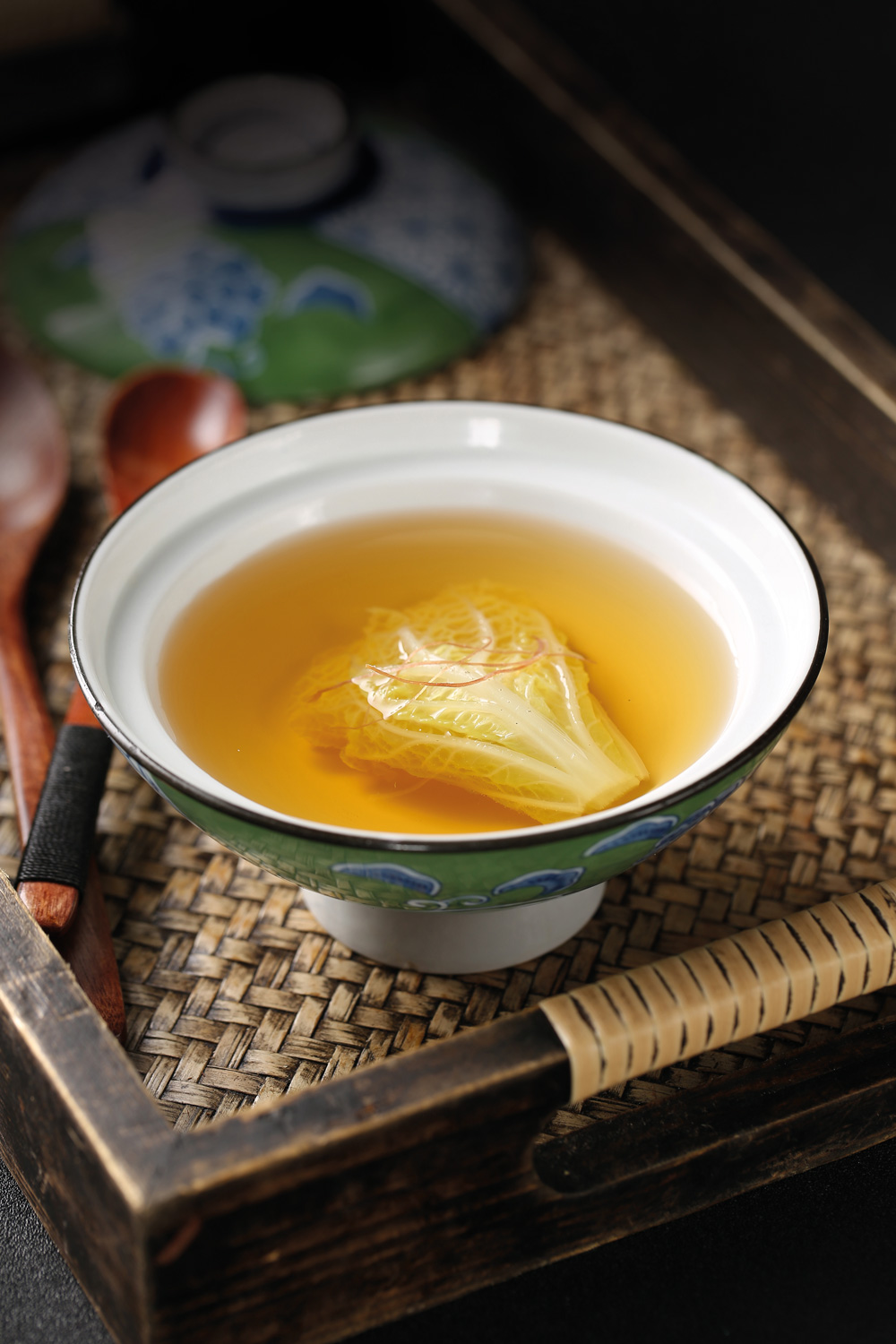Sichuan cuisine offers a complex mix of flavours and mastering the fundamentals requires years of training. Deng Huadong shares with Destin Tay what it takes to be a chef extraordinaire.
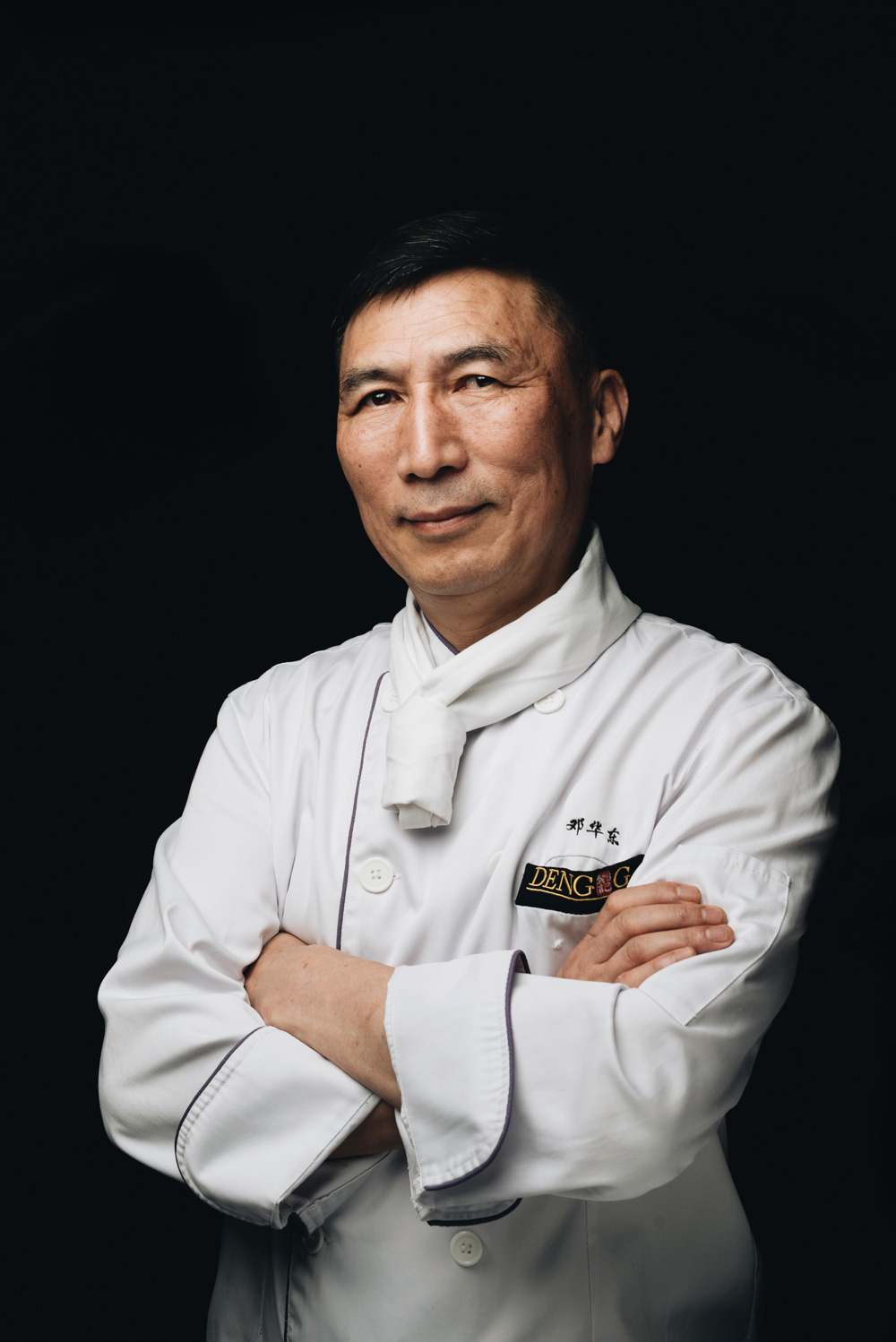
Google Sichuan cuisine and your smartphone screen would be inundated with the words spicy, hot, fiery and sizzling, and it’s not without reason. Even though other Chinese regions like Jiangxi or Funan cultivate and use chillies in their food, it was Sichuan that popularised the use of chilli pepper. According to 62-year-old chef Deng Huadong, it’s largely due to the ubiquitous Sichuan peppercorn; its numbing properties and the spiciness of chillies form a unique combination to leave a tingling sensation on the tongue.
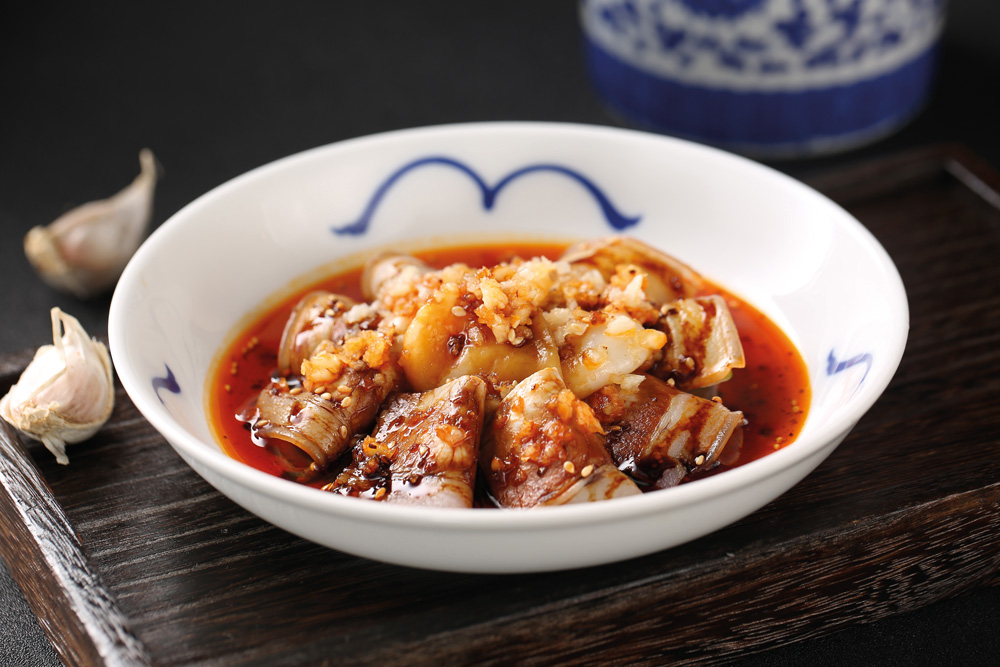
It’s impressive to learn that Deng has spent over 40 years perfecting the authentic art of Sichuan cooking. After graduating from high school, Deng worked with a small catering company in Chengdu, which was followed by stints in Chengdu Hotel’s Rong Paradise and Shanghai Sheraton, where he built up a reputation as a Sichuan cuisine authority. In 1988, Deng partnered with Paul Hsu, founder of F&B group Elite Concepts, to open Sichuan Court in Shanghai’s Hilton Hotel. Deng G was conceptualised by the pair and opened in 2007 in Shanghai before they introduced the brand to Wan Chai in 2016.
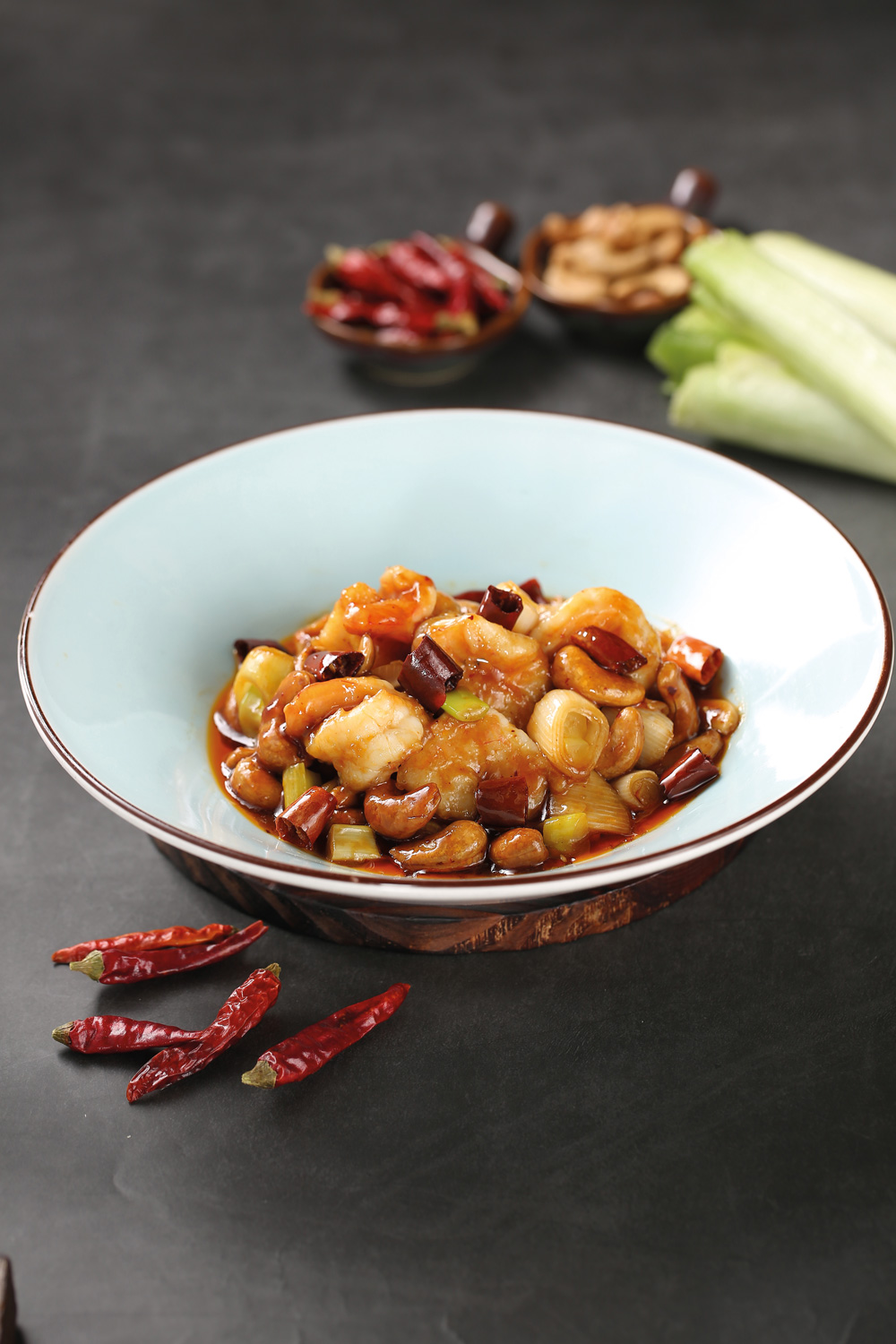
The Hong Kong outpost is a showcase of traditional Sichuan dishes that Deng so passionately believes in, such as the Dan Dan Noodles and Kung Pao Prawns. Even the restaurant’s interior is heavily inspired by Chengdu. Wood, a consistent design feature, comes from the abundant bamboo forests found in the Sichuan capital. The swanky spot features a baijiu bar on the second floor, which serves up cocktails utilising China’s most consumed alcohol.
What makes Sichuan cuisine so special?
We have a saying in Sichuan, which is 100 dishes, 100 flavours. With Sichuan’s 12 different core tastes, there’s an almost limitless amount of combinations. It’s a cuisine that is so adaptable, and minor changes in one dish can result in a completely new taste experience. For example, guaiwei (translates literally as strange taste) can be considered a combination of mala and yuxiang flavours. However, by changing the other components, such as using doubanjiang instead of soy sauce for the savoury element in mapo tofu, a new taste will result.
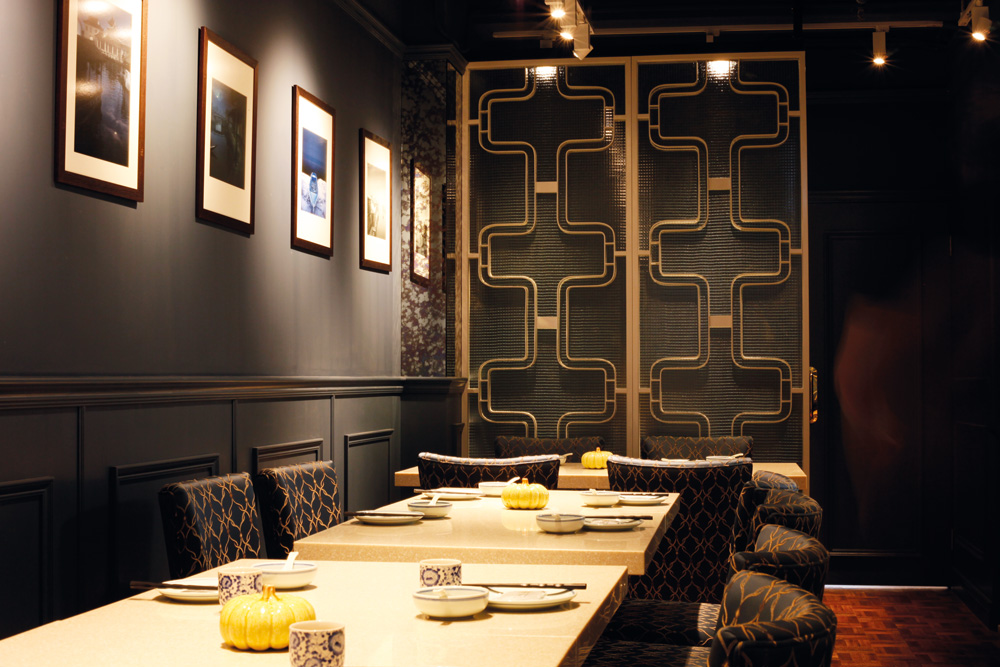
Why did you decide to bring Deng G to Hong Kong?
The most important thing in ensuring the success of a restaurant is to find a slice of the market that understands and wants your food. I felt Hong Kong was more conducive as it’s a city with a melting pot of cultures and cuisines. Hongkongers are much more receptive to Sichuan food; I know because I check what each table orders every night, and I can see that the diners are voting with their dollar.
You once said that Sichuan food is like an artist’s palette. How so?
I see many similarities with the way Sichuan chefs look at flavours and how Chinese artists look at colours. In Chinese art there are six base colours: black, white, red, yellow, green and blue. There is variance within these colours, such as pink, maroon and velvet from red. You could easily just replace these with the flavours that make up Sichuan’s food; salty, sweet, hot, piquant, sour, bitter. Sugar or sweet can be combined with other flavours to make new tastes, such as adding vinegar to make yuxiang, or dried and pickled chillies to create a lychee flavour, and scallions to form sweet & sour flavour.
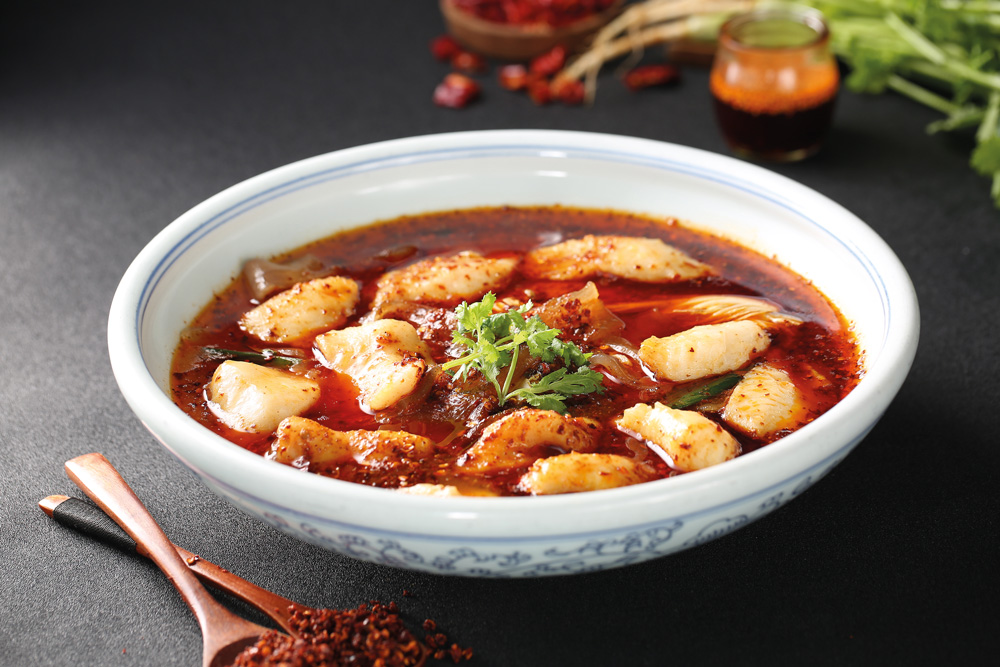
Does that make it difficult for those who want to learn Sichuan cooking?
Very much so. Even now, my oldest customers can tell when it’s an apprentice of mine who makes a dish or me. I find myself having to constantly visit all my restaurants to ensure the consistency of food. A competent Sichuan chef should be like a composer, bringing together all the complexities found in the cuisine. He should know every aspect of each taste and be mindful of the nuances; he should know how to deepen the colour of sauces if needed, how to deal with a batch of chillies which may not be as intense. That way, he can ensure that the same dish served on two different days will still taste the same.
Why did you decide to serve baijiu over other tipples?
Personally, I enjoy the history behind it. Way before the invention of beer, baijiu or huangjiu was all people could drink. Historically, Sichuan was also a place of rising industrialisation; many businessmen were moving here to set up shop, and many ended up opening restaurants as side businesses where they could hold meetings with clients. Of course now, whisky and brandy have become very common in China, and in my other restaurants we do pair Sichuan food with red and white wines and western spirits. I wanted something more traditional, which was why we decided to have our own baijiu bar.
What sets Deng G apart from other Sichuan restaurants?
Our menu is divided not by courses but by their taste profiles. Also, our servers are trained to identify what customers are looking out for, and can recommend the dishes to match their preferences. This way I can introduce much more than just mala taste to our diners and show them just how nuanced and varied our food is. Hong Kong is also an excellent place for seafood, so I made some adjustments to certain dishes. For instance, instead of using chicken, we make a Kung Pao Prawn dish.
